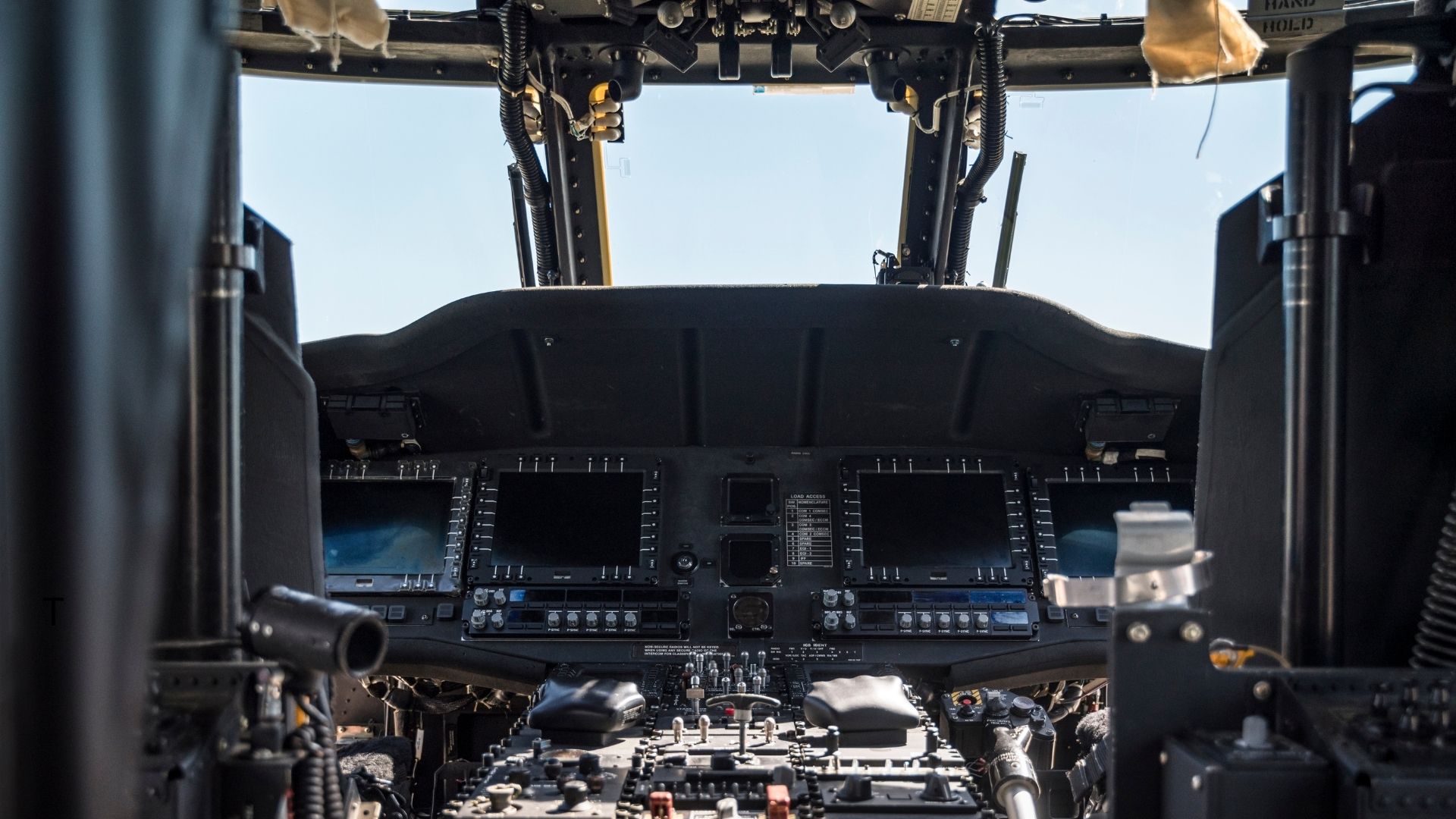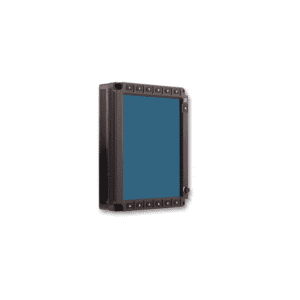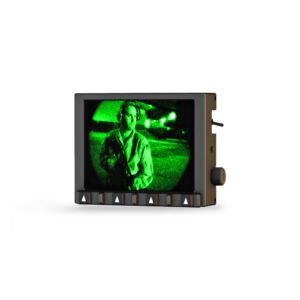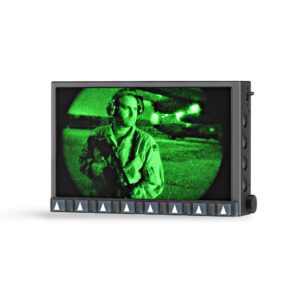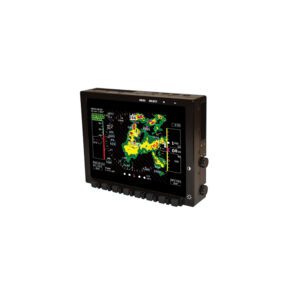Argon Flight Deck Displays for Defense Applications
Updated: July, 2025
Abstract
This white paper presents the Argon family of rugged military flight deck displays engineered for demanding defense applications. The document provides a comprehensive technical overview of display solutions designed to optimize limited cockpit space while delivering mission-critical functionality.
Argon offers five display sizes (5.0″ to 10.4″) available in both traditional display-only and smart configurations with embedded computing. Key features include dual-mode LED backlighting for day/night operations with NVIS compatibility, sunlight-readable technology with anti-reflection filters and ruggedized touchscreens suitable for gloved operation.
The displays meet MIL-STD-810H and DO-160G compliance with operating temperatures from -40°C to +71°C. Smart models feature Intel processors ranging from low-power Atom to high-performance Core i7 with NVIDIA GPU options, supporting comprehensive data interfaces including USB, Ethernet, ARINC protocols and optional GPS/wireless connectivity.
Applications span fixed-wing and rotary aircraft, naval vessels and military ground vehicles. The paper emphasizes suitability for commercial derivative aircraft where federated mission displays enable cost-effective integration without modifying certified core avionics.
The document includes selection guidance based on computing requirements, panel space, power constraints and environmental conditions, backed by 35+ years of aerospace experience.
Login to Download Datasheet
Have questions? Let’s connect!


